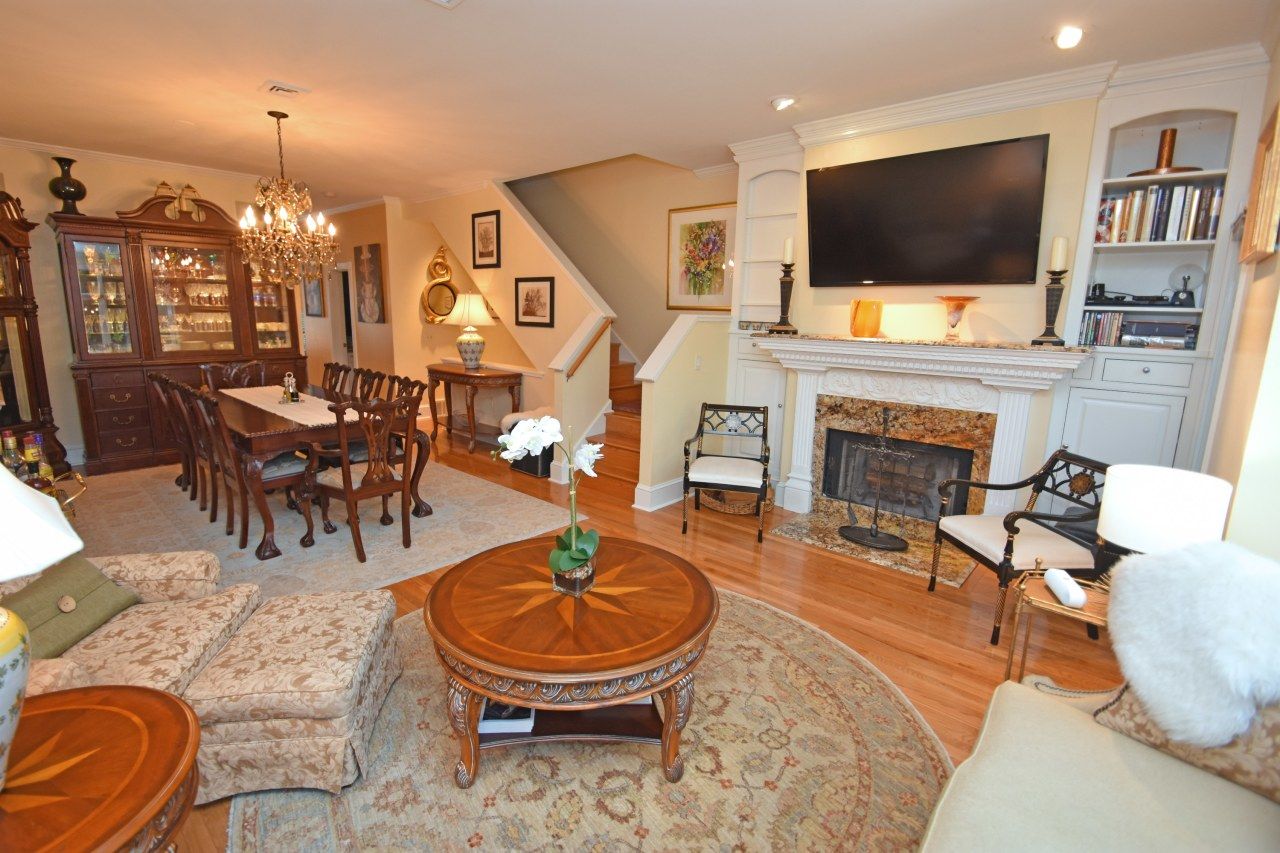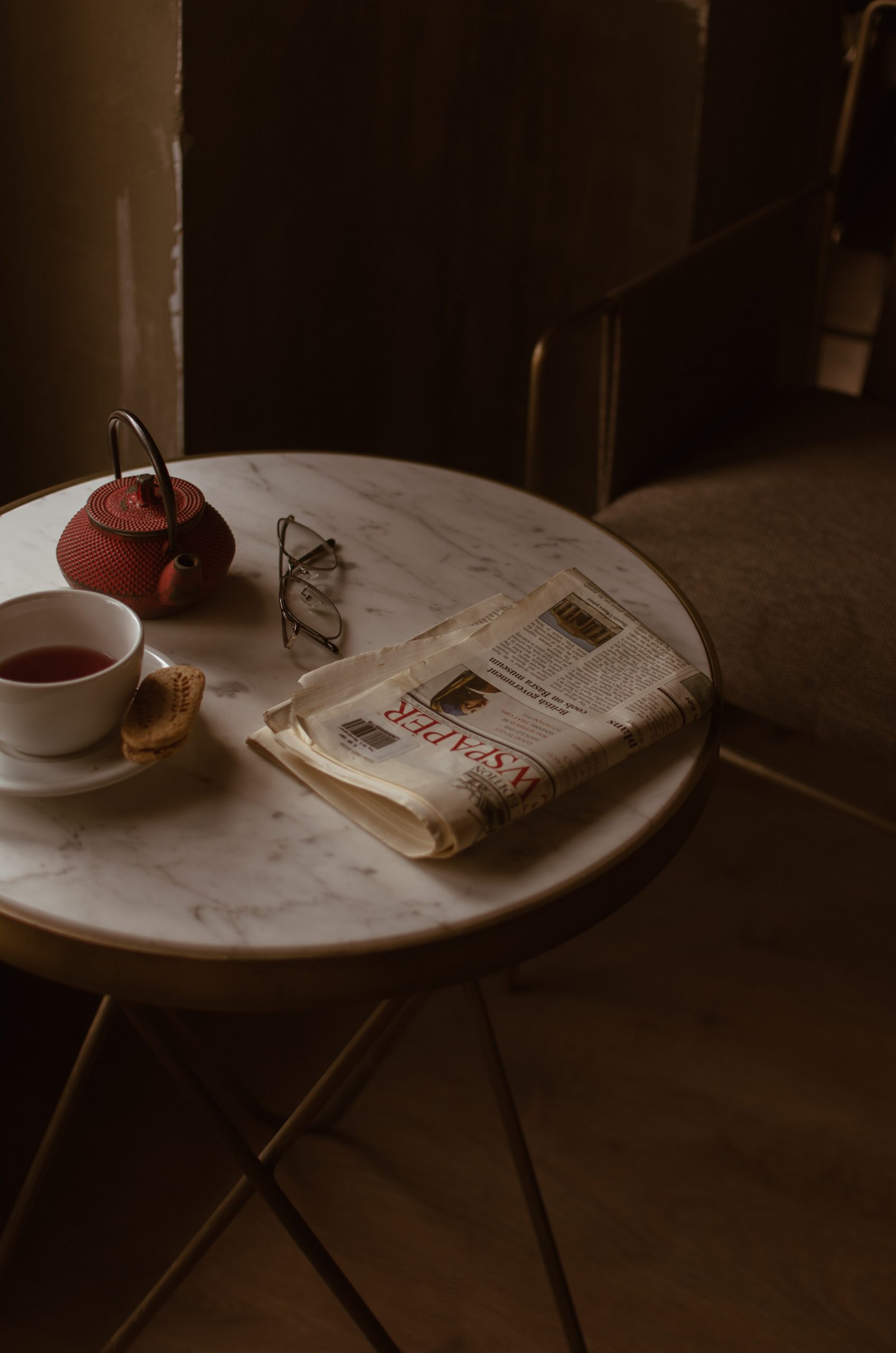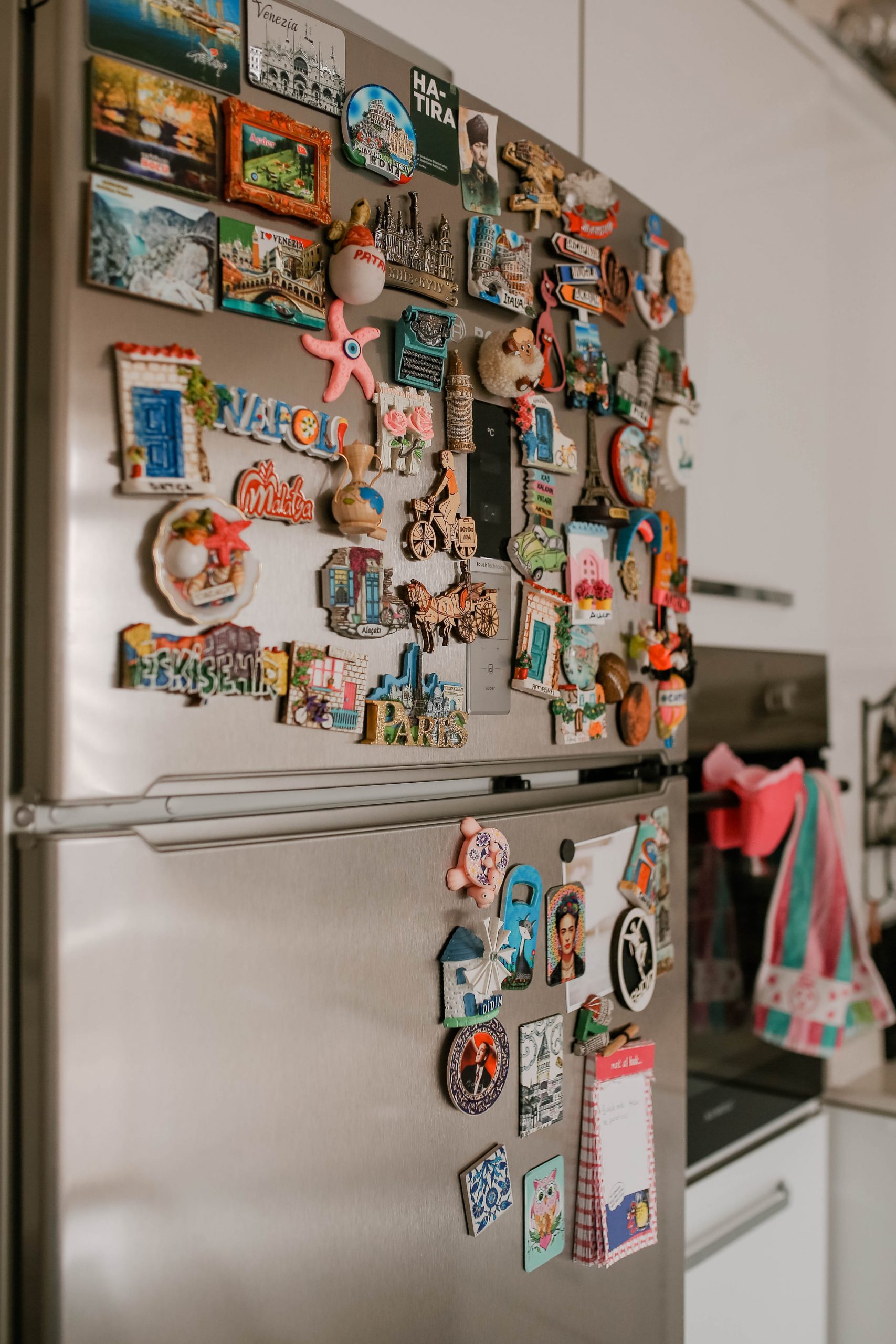How and why home staging inspires buyers and makes you money
Why do some real estate listings feel inviting and inspirational,

while others feel like you’re intruding on someone’s private space?
If you’ve browsed properties online, you have certainly noticed the difference, even if it was difficult to put your finger on the reasons why. In today’s blog post, we’re going to explore the psychology of home staging, along with practical considerations, and reasonable expectations.
Home vs Product
One of the first things we encourage our selling clients to understand is the shift in perspective needed to put your home on the market. Once the property goes for sale, you are now a shopkeeper with only one item in the store! It’s best to begin transitioning yourself from thinking of this as “home” and to begin treating your house or condo as the one and only product in your store.
This attitude will help accomplish several things. First, you’ll quickly accept that the product must be in good condition, displayed well, and made as appealing as possible to possible buyers. Although you may be only selling one property, you can’t forget that there are probably a dozen other homeowners out there competing for the same buyers. Think of it like dating. If you’re hoping to connect with another person for a serious relationship, you need to dress and act in a way that attracts attention and sets you apart.
You’ll also quickly understand the difference between a home set up for comfort and home set up to sell. To continue our dating analogy: there’s nothing wrong with a pair of comfortable sneakers, but if you’re trying to set yourself apart from the crowd, you’re going to need to step up your game. Sure, those dress shoes or high heels may be a bit uncomfortable, but they give you an advantage. Likewise, the old, overstuffed recliner in the middle of your living room may be the most comfortable thing in the house, but it’s not helping to inspire buyers to write offers.
Lastly, thinking of your home as “the product” will make it easier for you to start packing things away, especially those items which mean the most to you. All the family photos, quirky artwork you bought on vacation, and your grandmother’s good China are what make a house a home, right? But YOUR home! Let’s pack those items away safely for the move. Our goal is not to tell YOUR story, but rather to invite buyers to project their own story upon the home, imagining and dreaming about the lifestyle the property will provide them when they make it their own!
Storytelling and Experience Building
 Staging is the selection and arrangement of furniture, artwork, and accessories for the purpose of improving a home’s salability. Sometimes this may include changing intrinsic elements of the home such as paint, flooring, or lighting fixtures. Other times it may extend outdoors to landscaping, tree maintenance, or lawncare.
Staging is the selection and arrangement of furniture, artwork, and accessories for the purpose of improving a home’s salability. Sometimes this may include changing intrinsic elements of the home such as paint, flooring, or lighting fixtures. Other times it may extend outdoors to landscaping, tree maintenance, or lawncare.
The difference between staging and interior designing or general landscaping is purely motivational. Designing a living space for yourself means filling that space with the things you need to live a comfortable convenient life. If you have a large family, you may need a large sectional, even if it takes up the entire living room. Without it, how can you all enjoy watching a movie together on the TV? The same goes for a dining room table, or the desk in the living room your kids do homework on. They all serve a purpose and help you to live in the space in a way that makes sense for you.
Staging looks at things from a very different perspective. Before placing items in a room, we need to ask ourselves a few questions:
- How do we want this space to make potential buyers feel?
- What possible uses do we want to inspire buyers to envision for this space?
- How can we best use the light in this space to support the narrative we are trying to tell? Do we need to enhance or change the lighting?
- How do we make this space feel ample and uncrowded?
- If this room has an open concept, how can we separate and delineate areas to help buyers imagine ways to “tame” the space?
- How do we create meaningful and thoughtful flow from one room to another?
- Do we want rooms to contrast sharply in décor or would we like a common feel throughout the home?
The answers to these questions all provide guidance for two objectives: storytelling and experience building. Here are some practical examples:
- The kitchen is not quite large enough to put a full dining table, but if we don’t do some staging, buyers will feel like there is wasted space in the kitchen that could be better used somewhere else. A small bistro with a magazine, coffee service, and a small bud vase may inspire them to imagine sitting in the kitchen for a few minutes before work, preparing for the day and relaxing. A small comfortable chair and a bookshelf may means sitting in the kitchen to plan the week’s menus by perusing cookbooks from the shelf.
- A 4-bedroom house has one room currently filled with boxes and Christmas decorations. Staging with a desk, bookshelf, and a few plants will give buyers a glimpse of what it’s like to work from home here. Bringing the treadmill from the basement and putting down a yoga mat with a few weights gestures toward a wellness/fitness room. Accenting with a few bottles of water and well chosen art pieces will complete the feel.
- A 2 story condo has a loft area at the top of the stairs. 2 comfortable chairs (or even beanbags), shelves with books and games, and some accent pieces create a great vibe for family time or quiet reading.
- A large open concept living space has a fireplace in the corner, double glass doors to the patio, and a large kitchen island at one side. Careful consideration needs to be taken to give each area purpose without blocking the walking flow from the kitchen or to the outdoors. If the best place for a TV in the room isn’t clear, we should help buyers out by showing them a viable option through our staging.
Generally, if it feels awkward to navigate through a home, buyers will have an uneasy feeling as they tour the property. There is usually not much we can do about the home’s actual floor plan, but the selection or placement of furniture can make or break the feeling of flow. Smaller furniture not only makes a room feel bigger but gives more room for a person to stroll through the space. Many times, eliminating a piece of furniture altogether is a great solution to unlocking a room’s sense of space and uncrowded comfort.
In Summary
In this first installment of our staging series, we uncovered some of the psychology of selling your home, how staging can create positive and meaningful feelings in potential buyers, and we explored a few real-life examples of how staging can tell a story or improve the experience of homebuyers touring the property.
In Part Two, we will get into some more specific guidelines we like to use while staging a home, including the use of color, scale, and texture. Part Three will conclude the series with a discussion of the different levels of staging as well as the return you can reasonably expect from your investment. Be sure to come back for the whole story!


 Facebook
Facebook
 X
X
 Pinterest
Pinterest
 Copy Link
Copy Link

